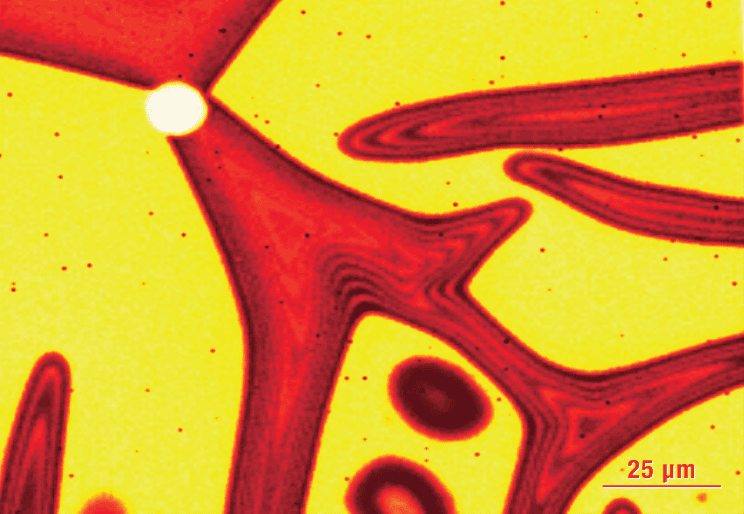Raman spectroscopy relies on the fact that a molecule (or element) when excited by optical illumination has a finite probability of emitting light which is slightly higher (or slightly lower) than the excitation wavelength.
Photons are emitted with a nonstandard wavelength, caused by the original atom/molecule either losing some energy (resulting in a lower-wavelength photon emission – called the “Stokes shift”) or gaining energy (“anti-Stokes”) from a vibrational energy change in the sample. This change in energy is dependent on the type of sample and the excitation wavelength.
Typically, Raman uses a tightly focused laser beam as the excitation source. Light emitted from the sample is high-pass filtered to remove the laser line and then the intensity as a function of wavelength is measured using a high-resolution spectrometer.
The spectroscopic signature of the Raman signal is often used to identify the type and nature of chemical compounds by comparing the sample signature against reference standards.



